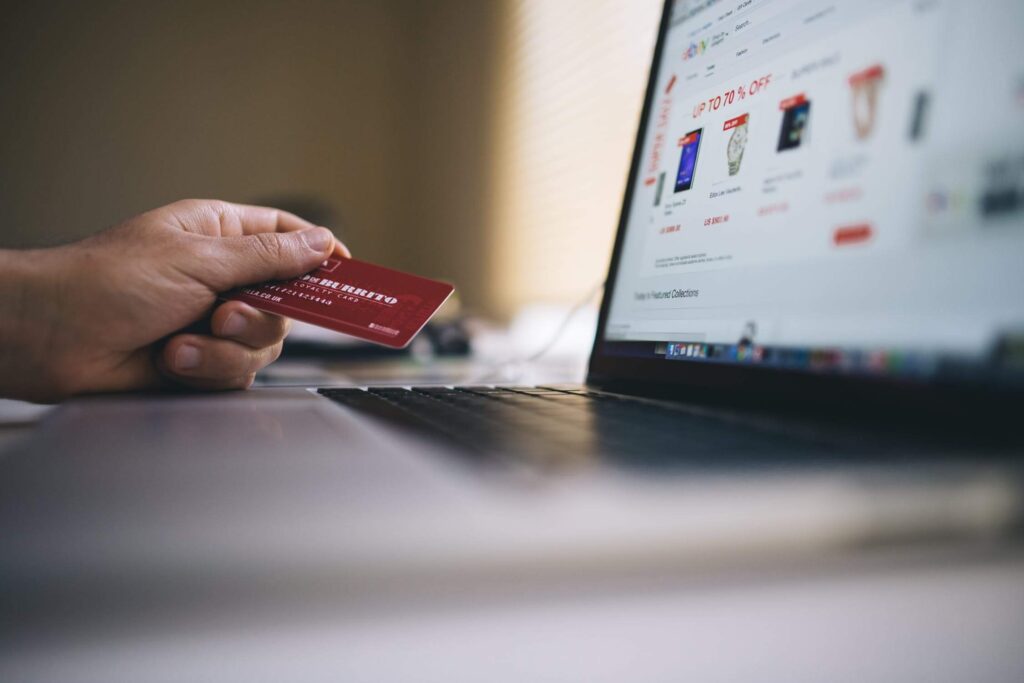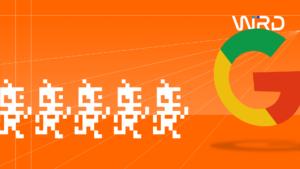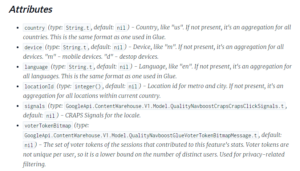In order to encourage website visitors to become customers, organisations spend a great deal of time and energy optimising their home page, about us page, and services and products pages. But the fact is if your website has an ecommerce element, maximising for conversions for these pages is only getting your potential client chomping at the bit and eager to buy – the actual conversion will take place at a later stage.
Only too often, because payment process areas are separate add-ons in themselves, not enough attention is given to ensuring that interested visitors actually click the submit button – so clearly if you do not optimise the actual payment area and process through conversion rate optimisation (CRO) you are not going to see an exchange of money.
If you are in a bricks and mortar shop and you can’t find the cashier, or the queue is too long, if the cashier is too slow, or you do not understand how payment is to be made, you are likely to vote with your feet. On your website, your visitors will vote with their clicks. Even worse, after a bad experience they are unlikely to come back again.
So how can you make sure that your payment process is clear, simple to use and that all interested buyers can navigate the whole process? Here are a few tips:
Show how simple the process will be
Making payment over the internet comes with its own stresses and frustrations. Today’s buyers need to know they will not be starting a process that only leads to irritation, worries about security and financial complexities. In a short paragraph summarise how quick and easy the process is and how steps to purchase are taken. De-clutter the page of any other distractions. A simple presentation will suggest a simple process. Make it clear how the process is made secure to give visitors peace of mind.
Short succinct forms which only ask for necessary information
This may sound obvious but too often forms will ask for detailed information which has no part in the payment process. Have basic details been taken already in a registration process? Be aware that some information will of course be useful for future marketing but be ruthless in getting that payment through.
No to special formats
Where possible create a system that allows visitors to be flexible in how they enter such data as date of birth or credit card details. Error messages for trivial reasons can be very frustrating at this stage.
We all make mistakes
Check that your payment process isn’t one of those which forces the visitor to start from scratch when they make a mistake on the form. This is hugely irritating and leads to high fall off from buyers. If there is an error, a tip should appear in red guiding the visitor in how they should change their entry.
Offer more than one option to pay…but not too many
We all want choice and offering varied options (PayPal; debit card; credit card) will make the visitor feel safer if they can pay in the manner they feel most comfortable with. However don’t go over the top – too many options makes for complexities and can slow the decision making process.
Streamline payment by mobile
Buying through mobile phones has seen a massive increase in the last five years. So consider adapting special processes for this consumer. The most irritating thing on a mobile is entering lengthy info (due to the small screen) so where possible use pre-fill information (based on post code or earlier registration for instance). Also make it clear where buyers are within the process and use larger text to point out errors on the form.



